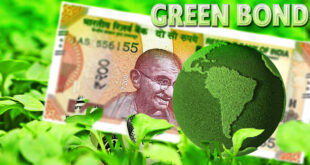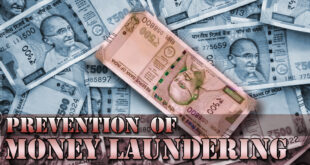Background:
India’s exports declined about 16.7% in October compared with the year-earlier period. This is the first slide reported for any month since February 2021. October imports rose at a much milder pace than earlier, most likely because of softening commodity prices worldwide, and trade deficit widened by as much as 50%.
How is the export sector faring?
- Engineering goods, which have lent a strong shoulder to India’s goods exports in recent years, slid 21%.
- The Engineering Export Promotion Council of India Chairman Arun Garodia attributed the slowdown to high inflation in developed regions, falling demand in China, slowdown in the EU and the U.S. and the Russia-Ukraine war.
- The Commerce Ministry pointed out that for October, a decline of $2 billion worth of exports was seen in steel and allied products, highlighting the fact that the government had levied an export duty on these products to help increase local availability and hence temper local prices. The government has since removed this duty. The Ministry also highlighted that in the month of Diwali every year, workers tend to take leave, thus impacting output. Therefore, one should wait and see whether export decline was only a blip or whether it was a trend that would stay.
What about other exporting nations?
- Vietnam, an export-dominated country, recorded a 4.5% growth in exports from a year earlier to $29.18 billion amid ‘sustained foreign demand’, according to tradingeconomics.com.
- Similarly, exports by the Philippines grew 20% in October. The government there had said that exports rose for the first time in three months in September amid what it calls ‘signs of reviving foreign demand’.China is an outlier this year because of stringent lockdowns that are impacting manufacturing output, though lockdowns are being eased currently following protests against restrictions.
Is domestic demand enough?
- The monthly Finance Ministry review for October acknowledges a slowing export scenario but emphasises that domestic demand will carry through.
- The report states that the global slowdown is driven by a ‘confluence of stubbornly high inflation, rising borrowing costs and geopolitical tensions’, but cites local demand as being ‘resilient’.
- It also expects a ‘re-invigorated’ investment cycle which will spur growth and job creation in the coming days.
- Interestingly, the Ministry says that recently, inflation has been driven up more by local factors, including higher food prices, than imported reasons and that those pressures are set to dampen thanks to easing international commodity prices and the arrival of Kharif crop.
- (Retail inflation has been consistently above 7% these past few months, but stood at 6.8% in October).
- Sure enough, consumer inflation eased to 5.88% for November. In the monthly report, the Ministry also pinned hope on the fact that the last month saw the lowest sign-ons this year for the employment guarantee scheme MGNREGS.
- It is hoping that a spike in tractor sales in September and October reflects improved sentiment.
- One seemingly positive signal for the economy is the private sector capital expenditure which Chief Economic Adviser V. AnanthaNageswaran says is on track to touch six lakh crore this fiscal which would make it the highest of the past six years.
- Private capex typically depends on credit, or loans, from the banking system. And that has seen a healthy growth in the recent past touching a high of 18% last month.
- There have been reports of banks scrambling to gather deposits, with videos of managers and their teams walking the streets announcing deposit rates to help mobilise funds for credit growth.
- Whether this credit growth is due to inflation and low base effect from last year, remains to be seen over the coming months.
What about our foreign reserves?
- For the week ended December 2, foreign exchange reserves stood at about $561 billion.
- If we take October imports at $56.7 billion (an eight-month low) as a benchmark, then we have roughly about 9-10 months’ worth of import cover which isn’t as healthy as the 14-to-15-month cover that we had seen during the pandemic.
- However, economists feel this isn’t as bad as 2013 when foreign investors began pulling out of India’s financial markets. At that time, we had less than seven months’ worth of import cover. And if anything, forex reserves have been rising in recent weeks signalling hope for the future.
SOURCE: THE HINDU, THE ECONOMIC TIMES, PIB
 Chinmaya IAS Academy – Current Affairs Chinmaya IAS Academy – Current Affairs
Chinmaya IAS Academy – Current Affairs Chinmaya IAS Academy – Current Affairs



